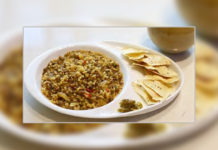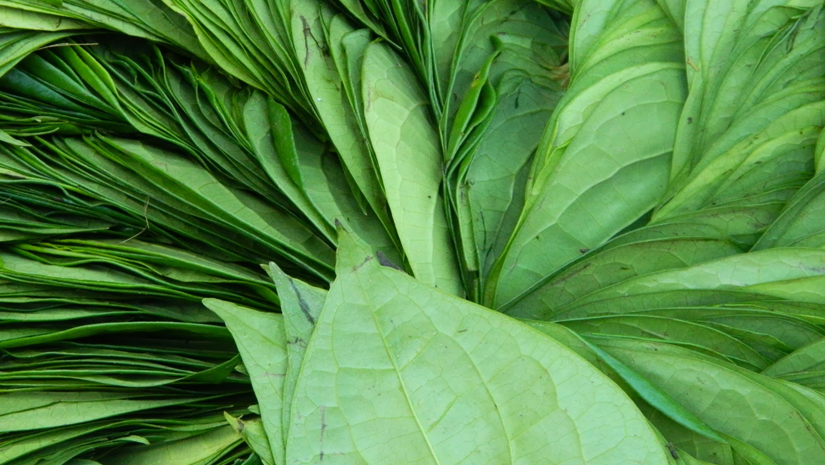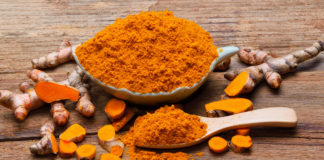Betel Leaves, commonly called as Paan in India has been in use since 400 B.C. There have been various mentions of this wonder leaf on Ayurveda. Its referred with many names across India- Tambula or Nagavalli (in Sanskrit), Paan (Hindi), vetrilai (Tamil), or Tamalapaku (Telugu).
We are all aware that Betel leaves are an important aspect in many of of our traditional events- pooja/vrat or weddings. During Pooja/Vrats – which are done according to Shodashopachara – 16 types of worship.
One of the important steps is offering of Paanin combination with areca nuts. What it symbolises, is that after a heavy meal, we should consume paan.
Betel leaf plays a prominent role in the socio-religious lives of the Hindus and no auspicious Vedic occasion moves ahead without a ritual involving paan in it. A popular folk song of North Eastern India describes the Himalayas as the birth-place of paan and it is widely believed that Lord Shiva and Goddess Parvati themselves had sown the seeds of paan in the Himalayan ranges.
The ‘style’ of Paan Leaves is considered propitious and Madhubani Paintings makes use of this motifs to increase the auspiciousness of the fresco. And it is also a common offering to Gods during a Bhog. Paan Leaves along Makkhan (corn) is a food of the Heavens. Hence on Lakshmi Puja, paan and makkhan are given and exchanged and is offered.
On Bhatri-Dwitiya (BhaiDooj) sisters placePaan Leaves on the brothers hands and performs the rituals while reciting a prayer for his long life. It is because paan also represents commitment or oath. Hence, lot many social events like marriages are sealed with exchange of Paan.
In the Hindu marriage ceremony, there is a ritual called Briddhi-Shraddha is performed in which the bride-groom summons the resting souls of his ancestors and in their presence he accepts the bride as his wife and during this ancestral worship, 32 betel leaves are essential.
In Bengali Marriages, the bride while coming towards the altar hides her face with a couple of Betel leaves.
A number of paan leaveshave different meaning based on the number of leaves and the layout they are arranged in. In Vedic culture,Paan is also said to be the seat of Goddess Lakshmi. It is mentioned in Rajnirghantha; that the tip of the leaf stands for longevity the basal portion is for fame while the middle portion is the seat of Goddess Lakshmi. So, chewing the middle portion of paan is a taboo to the Hindus.
Advantages:
1. Paan leaves are therapeutic in treating cold and cough.
2. It helps in preventing Oral Cancer. As the leaves are chewed, the effect of the leaves starts as soon as it is chewed – it starts by freshening breath, and cleansing the mouth with its mild anti-infective properties. The leaf first induces salivation and as saliva is known to have lysozymes, which combat bacterial growth in the mouth and helps in cutting down plaque formation on teeth.
3. Betel leaf contains compounds that act as regulators to the heart beat and help in relaxing blood vessels.
4. Chewing betel leaves stimulates the release of saliva which is the first step of digestion, as various enzymes in it break down food, making it easy to digest, thereby improving digestion.
5. Betel leaves has also shown to prevent oral cancer by maintaining the levels of ascorbic acid in the saliva, which is an excellent antioxidant, which helps reduce the free radicals in the body, thus preventing cancer and because they have bactericidal properties they also help in destroying bacteria in the mouth there by keeping bad breath at bay.
6. Betel leaves are known for their good aphrodisiac properties and chewing pan before beginning intimacy is said to make the process more enjoyable and it is a common practice to offer masalapaan to newlyweds.
7. Extracts of betel leaves are known to prevent gastric ulcers and other external wounds when applied directly over it.
8. Betel leaves being a major component in Ayurvedic medicines are also used in treating warts and curing boils. These medicines are known to remove the wart completely and rupture a boil without scaring
9. Betel leaves control blood sugar levels and have an effective anti-diabetic property.
10. Betel leaves are commonly known for their analgesic properties and applying/dabbing it over the affected area is known to effectively reduce headache and other pains.
11. Shoot of betel leaves when dipped in castor oil, is known to cure constipation.
12. The heated paan-juice, if poured in the infected ear, prevents pus formation.
By: Archa Dave


































